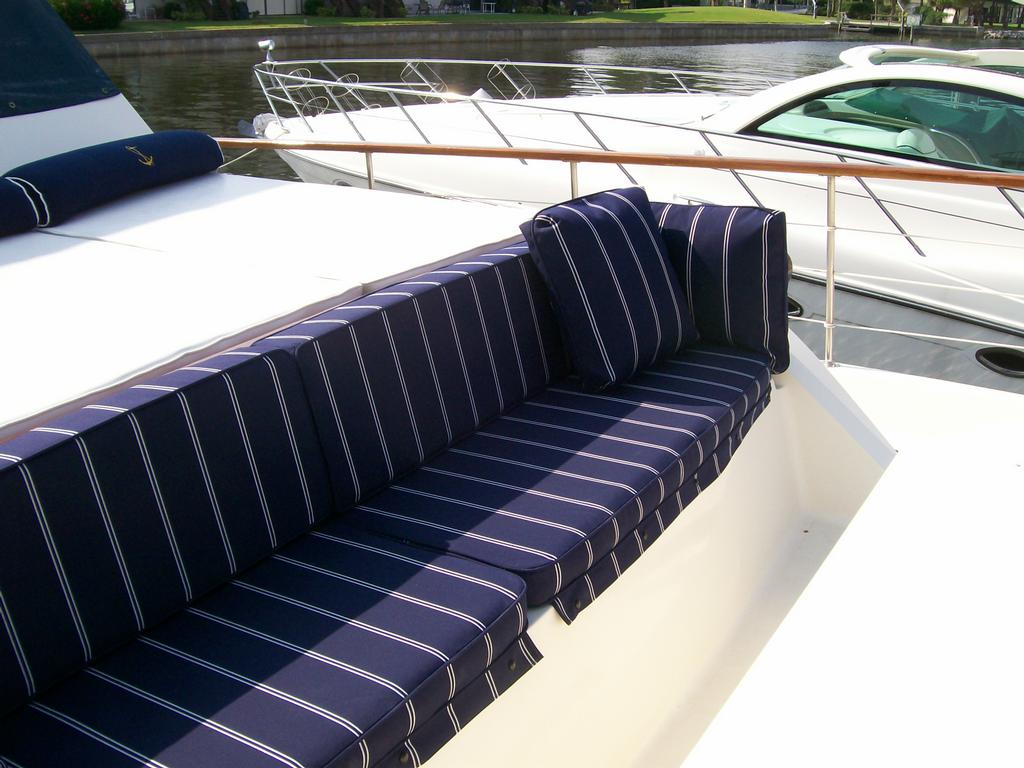Summary: Operating machinery in harsh conditions can present a number of potential dangers. Knowing how to prepare for the winter can get you ready for flights in cold weather.
Flying during ideal conditions, with clear skies and favorable wind conditions, can still be incredibly challenging. Pilots have a lot they need to keep track of to make sure the aircraft they are in control of their aircraft and that the trip is going smoothly. Pilots are no strangers to problem-solving, as they need to frequently handle obstacles as they arise.
Even though open skies and cool weather can make for easier flights, these sorts of conditions are, unfortunately, not always practical. There will be times when you might need or want to pilot your aircraft under less-than-ideal circumstances. If your area starts to get cold during the winter months, you might understandably be concerned about how to prepare for the shift in weather. Continue reading for some best practices for doing so.
Cover Your Aircraft
If it snows in your area during the winter, you should consider storing your aircraft in a hangar or in a covered environment. The reason why you should do so is because ice can easily start to build up on the wings and other components, which can result in airflow difficulties and damaged components. When getting ready for take-off one of the last things you want to worry about is whether or not your Turtle-Pac bladder or electronic readers are in solid working condition.
Test Your Battery
Before even leaving the ground, you should test and charge your battery. Even if you have aircraft bladder tanks ready for extended flights, a faulty battery can cause you to land early. If your battery is in good condition, it should be able to safely handle extreme temperatures well below freezing. If, after testing your battery, you realize it might not be able to handle very low temperatures or it cannot hold a charge for long, it might be damaged and need to be replaced.


 Written by
Written by